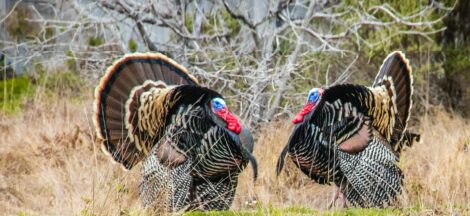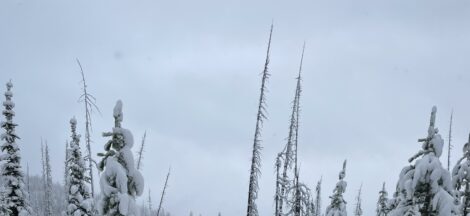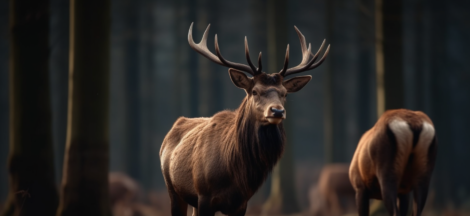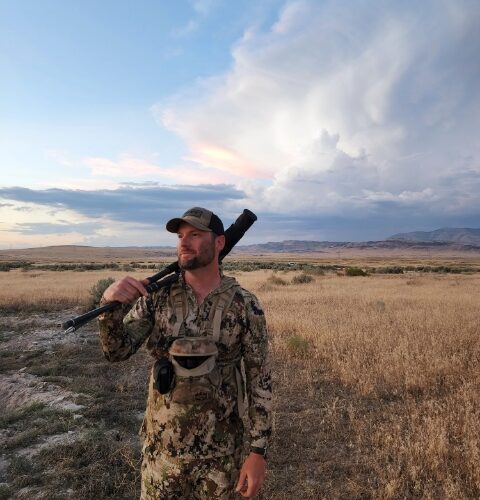Mastering Deer Tracking and Identifying Signs in the Field
Deer tracking is both an art and a science, requiring a keen eye, patience, and an understanding of deer behavior. The ability to identify signs left behind by deer in the field can significantly increase your chances of success during a hunt. In this article, we will explore various deer signs, discuss how to track deer effectively, and share insights and tips from seasoned hunters.
Deer Signs: Tracks, Rubs, Scrapes, and More
Deer leave a variety of signs in their environment as they travel, feed, and communicate with one another. Recognizing these signs is essential for successful tracking. Let’s take a closer look at some of the most common deer signs you may encounter in the field.
Tracks
Deer tracks are the most obvious sign and can provide valuable information about the deer’s size, direction of travel, and speed. A deer’s hoof print typically consists of two elongated, pointed halves, called dewclaws. The size and shape of the track can vary depending on the deer’s age, sex, and species. Larger tracks generally indicate a more mature deer, and bucks tend to have wider, more splayed prints than does.
Rubs
Rubs are created when a buck rubs its antlers against trees, shrubs, or other vegetation, stripping away the bark and leaving behind a visible mark. Bucks create rubs for several reasons, including to mark their territory, communicate with other deer, and remove the velvet from their antlers. Rubs can provide clues about a buck’s size, as larger bucks create more extensive rubs higher up on the tree trunk.
Scrapes
Scrapes are another sign left behind by bucks, typically during the breeding season or rut. A scrape is an area where a buck has pawed at the ground, clearing away leaves and debris to expose the soil. Bucks often urinate in scrapes, which serves as a means of communication with other deer in the area, particularly does in estrus. Scrapes are usually found near well-traveled deer trails and may be accompanied by a licking branch overhead, where the buck deposits additional scent from its forehead and preorbital glands.
Beds
Deer beds are depressions in the vegetation or ground where deer have lain down to rest. Beds can be found in areas with thick cover or near food and water sources, providing deer with a sense of security. Identifying bedding areas can help you determine where deer are likely to be during specific times of the day.
Droppings
Deer droppings, or scat, can provide insights into the deer’s diet, health, and presence in the area. Fresh droppings are moist and shiny, while older droppings may be dried out and lighter in color. The shape and consistency of the droppings can indicate the deer’s diet, with pellet-like droppings suggesting a diet high in browse, and clumped droppings indicating a diet rich in forbs or other soft vegetation.
Deer Tracking Tips and Techniques
Now that we’ve covered the various signs left behind by deer, let’s delve into some essential tips and techniques for tracking deer effectively in the field.
1. Slow Down and Be Observant
Effective deer tracking requires patience and a keen eye for detail. Slow down and take the time to thoroughly scan your surroundings, looking for any of the deer signs mentioned above. Pay attention to subtle changes in the environment, such as disturbed leaves or broken branches, which may indicate deer activity.
2. Know Your Terrain and Deer Behavior
Understanding the terrain and how deer typically move through it can greatly aid in your tracking efforts. Deer often follow the path of least resistance, so look for natural funnels or corridors in the landscape that may guide their movement. Familiarize yourself with deer behavior and the patterns associated with different times of the year, such as bedding and feeding areas, to better predict where deer may be located.
3. Use the Wind to Your Advantage
Deer have an exceptional sense of smell, so it’s crucial to be mindful of wind direction when tracking. Try to keep the wind in your face or at least crossing your path, so your scent is not carried directly to the deer. This can help prevent spooking deer and increase your chances of a successful encounter.
4. Track in a Systematic Manner
When following deer tracks, it’s essential to be methodical in your approach. Once you’ve located a track, carefully follow it in the direction the deer was traveling, being cautious not to step on or disturb the tracks themselves. If the trail becomes challenging to follow, look for other signs such as rubs, scrapes, or droppings that may indicate the deer’s path. In some cases, you may need to circle the area to pick up the trail again.
5. Practice and Learn from Experience
Like any skill, mastering deer tracking takes practice and experience. The more time you spend in the field, the better your ability to read deer signs and follow their trails will become. Learn from your successes and failures, and don’t be afraid to seek advice from more experienced hunters or take a tracking course to further develop your skills.
Conclusion: Mastering the Art of Deer Tracking
Mastering deer tracking and identifying signs in the field is an invaluable skill for any hunter. By taking the time to understand deer behavior, recognize the various signs they leave behind, and employ effective tracking techniques, you can significantly increase your chances of success on your next hunting adventure.
Remember to be patient, observant, and methodical in your approach, and always be willing to learn and adapt your strategies based on your experiences in the field. With practice and perseverance, you’ll soon become a skilled deer tracker and be well on your way to bagging that trophy buck you’ve been dreaming of. Happy hunting!





 Responsible and Sustainable Deer Hunting Practices
Responsible and Sustainable Deer Hunting Practices